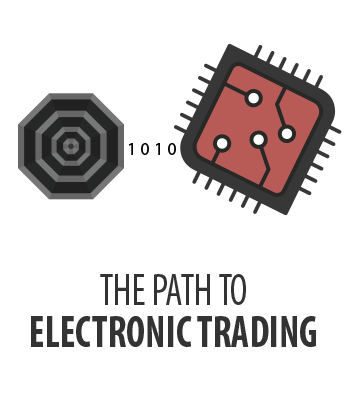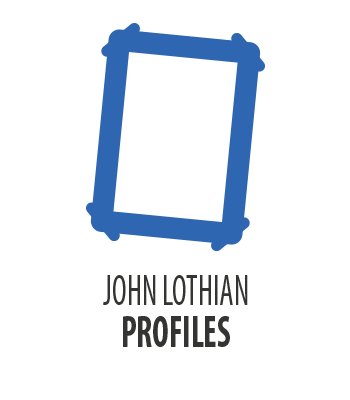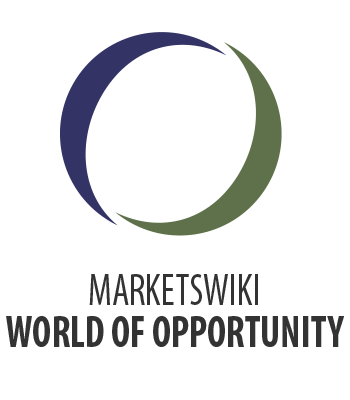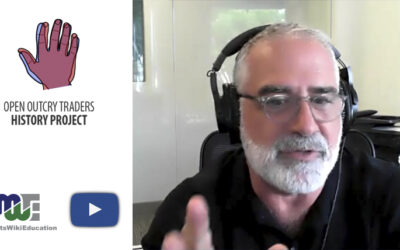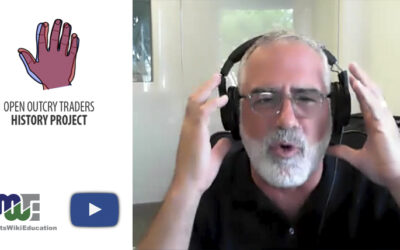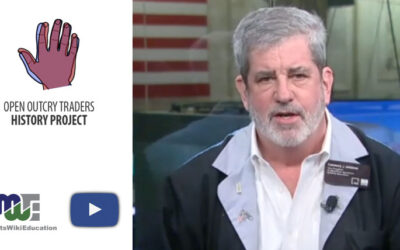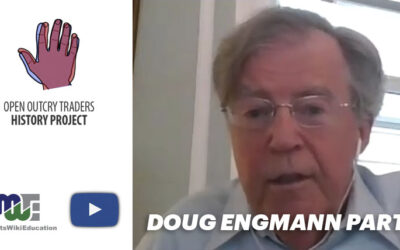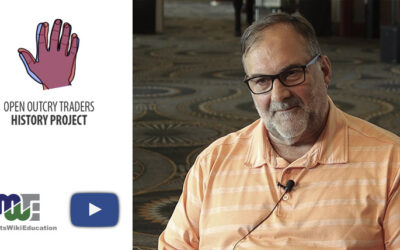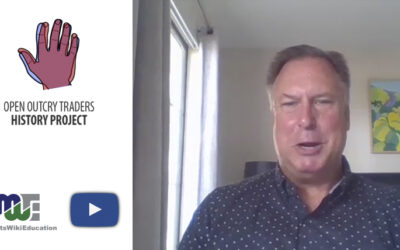A young Doug Engmann once had hopes of becoming a professional baseball player. Despite his continued love of the sport, his early career goals eventually shifted from the game of baseball to the game of investing.
Throughout his career, Engmann employed a persistence and penchant for leadership in the West Coast options industry that carried him through dramatic events that include a proposed San Francisco options floor merger, the stock market crash of 1987, and a closed exchange during a massive earthquake.
Engmann studied economics and earned degrees from the University of California, Berkeley, and Massachusetts Institute of Technology, which landed him a role working with White House associates under the administration of President Richard M. Nixon. Since then, he has served as the Chairman of the Board of Sage Brokerage Holdings LLC, a market maker on the Pacific Stock Exchange, and the owner of Engmann Options, an investment and securities consulting firm based in San Francisco.
Engmann’s brother was a market maker, and Engmann saw how lucrative that was compared with a job in management consulting. “I was earning about 10% of what he was earning,” Engman says. “And so I asked him whether I could become partners and he trained me to become a market maker on the floor of the Pacific.” That was in 1977 and it’s a career that Engmann has stuck with.
Founded in 1882, the San Francisco-based Pacific Stock Exchange (also known as the Pacific Exchange or “PCX”) was the first U.S. stock exchange to demutualize, or change from a mutual company to a stockholder corporation. It was one of just four exchanges to trade equity options and the first to have an electronic trading system. Pacific Exchange equities trading now takes place exclusively through NYSE Arca (formerly known as ArcaEx), an electronic communications network.
When asked how the Pacific Stock Exchange survived being the 4th exchange, Engmann says the PCX attracted more of the “theoretical”guys. Being a theoretical trader allowed the PCX to “compare the theoretical, and buy from one and sell to the other, because they were looking at a different way of setting the markets.” Some well known Chicago traders started there including ]]Blair Hull[[ and Irv Kessler. At the time, big order flow firms sent their paper to the exchange with the most volume, which led to a “surge in market-maker to market-maker volume on every exchange.” Engmann added that it caused trouble with the SEC, which cited specific market makers for wash trading. Eventually, with informal guidance from the SEC, the exchanges decided they they weren’t going to do that anymore.
The San Francisco location had its own set of challenges, particularly with managing time zone differences. Unlike Chicago, “where the starting time was nine if you wanted to get up and check your positions and then make it into the floor,” the San Francisco lifestyle included both rising and sleeping early. Engmann recalls getting up at 4:00 a.m. in the morning and going to bed at 8:30 p.m. at night.
Perhaps one of the biggest challenges that Engmann faced was stopping a proposed move of the San Francisco options floor as part of a planned merger of the options and equity floors.
“What they forgot was that they had just opened an options exchange with 300 traders and the option traders … didn’t want to move,” says Engmann. “So we had a big fight.”
Engmann organized the Pacific Association of Market Makers to vote down the merger and they did. They voted it down not only once, but twice. “I was not very popular among the equity members for having led the fight to not merge the exchanges,” Engmann says. This led to continued separate floors for yet another decade, but what was most important to Engmann was that the traders didn’t have to move.
The challenges didn’t end there. Next up, was the stock market crash on Oct. 19, 1987, also known as Black Monday.
“That day was one of the scariest days in my life where I’d say 90% of the market makers stopped making markets because nobody was sure that any clearing firm was going to survive [or] that the industry was going to survive. And they just stopped,” he says.
The events of Black Monday led to U.S. stock prices plummeting over several days during October of that year. The Dow Jones Industrial Average lost nearly 22% on Oct. 19, contributing to a stock market decline that carried global effects. “It was a very stressful time, both trying to manage your positions on the floor, trying to manage your clearing firm upstairs, and then trying to convince the other market makers that things were going to be all right, Even though you didn’t know whether they were going to be all right or not,” Engmann says. “It certainly was a crazy time.”
The financial disaster was matched only by a natural disaster that caused Engmann to literally have to pick up the pieces. He recalled a massive earthquake that was so intense that it closed the trading floor for four days.
The 1989 earthquake, measuring around 7.0 on the Richter scale, ravaged San Francisco’s financial district, creating havoc on the Pacific Stock Exchange. An Oct. 18, 1989, article from the United Press International (UPI) describes the quake “knocking out power and telephones, and collapsing buildings and roadways.” The article notes that the earthquake had a death toll of over 270 and labeled it “the second-worst earthquake in U.S. history.” At the time, Engmann was at the World Series at Candlestick Park, unaware that he would not be able to return to his building.
“They closed the building so nobody could operate, plus we didn’t have any electricity,” Engmann says. This didn’t stop Engmann, who was dynamically hedging with equities. He and his brother parked their cars outside the exchange building and began working on the phone. “I have a picture … There’s a line of market makers outside my car and my brother’s car, wanting to put orders in, trying to track what was happening in the markets. It was one of the greatest moments in the history of the options markets,” he says.
“It helped save the Pacific Stock Exchange,” Engman adds. “I think it helped save the industry and showed the common interest of the exchanges, and in our community and supporting the business.”

